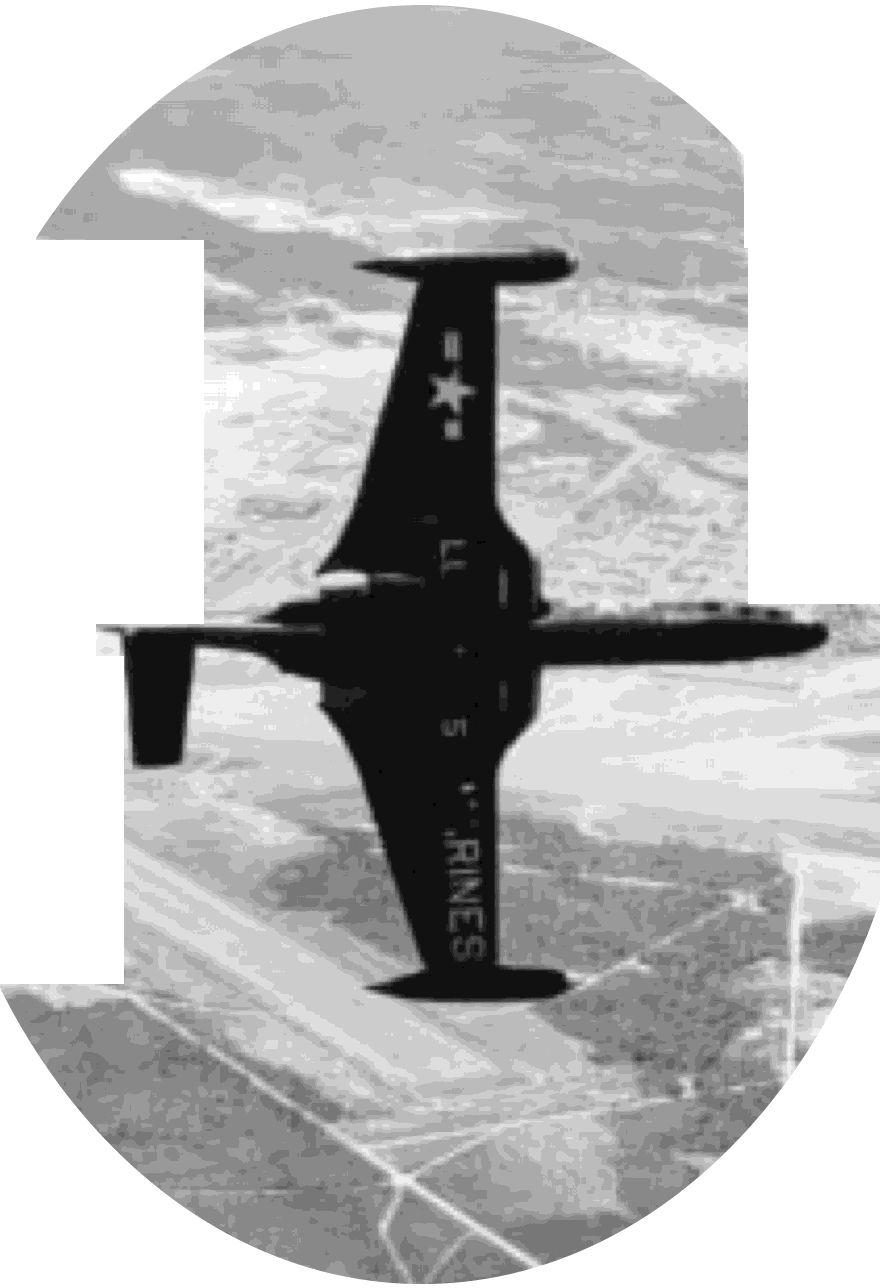
1949-Contin ued
7 March
A P2V-3C, piloted by Captain John T.
Hayward of VC-5 was launched from
Coral Sea
off the
Virginia Capes with a 1O,000-pound load of dummy
bombs, flew across the continent to drop its load on
the west coast and returned nonstop to land at NAS
Patuxent River, Md.
31 March
The best monthly total of the Berlin Airlift
to date was made as U.S. aircraft delivered 154,475
tons of cargo to the city. In making its contribution to
the total, VR-8 set an all-time airlift record of 155 per-
cent efficiency for the month, and daily utilization of
12.2 hours per aircraft.
5 April
The disestablishing of the last of the obser-
vation squadrons, VO-2, marked the end of one era
and the beginning of another as a plan to use heli-
copters in place of fixed-wing aircraft aboard battle-
ships and cruisers was put into effect, with the
changeover scheduled for completion by 30 June.
23 April
Construction on
United States
was halted by
order of the Secretary of Defense Louis Johnson.
19 May
The JRM-l Marshall Mars broke the record
for number of people carried on a single flight when
301 passengers and a crew of seven were flown from
Alameda, Calif. to San Diego, Calif.
15 July
Douglas pilots flying an XF3D-1 completed
an initial flight evaluation of the low drag external
store shape at Edwards AFB, Calif. Carrying two of
these shapes, the aircraft had a top speed of 51 knots
greater than when carrying two conventional 2,000-
pound bombs and 22 knots greater than with two 150-
gallon external fuel tanks.
31 July
The participation of VR-6 and -8 in the
Berlin Airlift ended. During their eight months in
Germany, these squadrons flew a total of 45,990
hours, carried 129,989 tons of cargo into Berlin, and
established a record of payload efficiency and aircraft
utilization at the unparalleled figure of better than 10
hours per day per plane for the entire period.
1 August
The Naval Air Development Center,
Johnsville, Pa., was established and the Naval Air
Development Station was disestablished. The mission
of the Center was development of aircraft electronics,
pilotless aircraft and aviation armament, and research
and development in the field of aviation medicine per-
taining to the human centrifuge. These functions were
performed by four laboratories appropriately named.
UNITED STATES NAVAL AVIATION
1910-1995
175
9 August
The first use in the United States of a
pilot-ejection seat for an emergency escape, was made
by Lieutenant Jack L. Fruin of VF-171 from an F2H-1
Banshee while making over 500 knots in the vicinity
of Walterboro, S.c.
\
r
,
I
I
( I
r
\
\
\
,
.....
F2H Banshee McDonnell Fighter 1053787
10 August
The National Security Act of 1947 was
amended providing for a limited increase in the
authority of the Secretary of Defense and replacing
the National Military Establishment with the
Department of Defense. It further provided that the
three military departments would continue to be sep-
arately administered and that Naval Aviation would
"be integrated with the naval service... within the
Department of the Navy."
1 October
In accordance with an interservice agree-
ment reached in July, an exchange program to indoc-
trinate selected Air Force and Navy pilots (including
the Marines) in the operational and training activities
of each other's service, began with the exchange of 18
pilots from each service for the period of 1 year. The
agreement provided that all pilots be qualified in the
type of aircraft operated by the unit to which they
were assigned and that each would occupy a regular
pilot's billet in his new assignment.
 |
17 |
 |